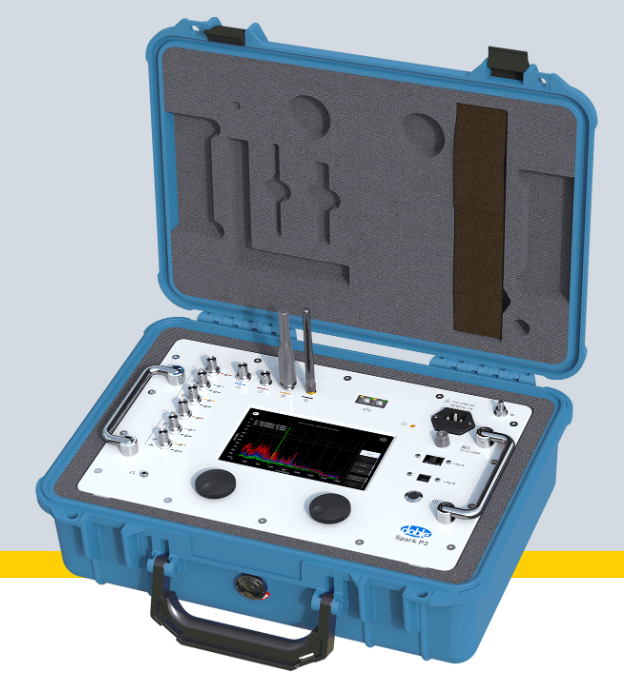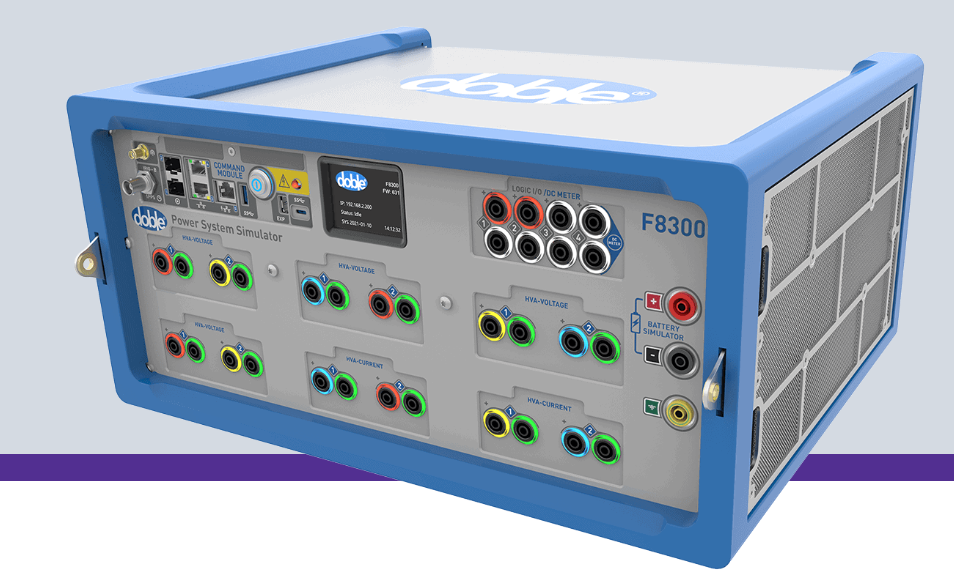Electromechanical Relays
Overcurrent Relays
Integrating Overcurrent Relays with the Smart Grid
Differential Protection Relays
Machine Learning Applications in Differential Relay Protection
Motor Protection Relays
Motor Protection Relay Advancements Explained
Digital or Numerical Relays
Artificial Intelligence in Digital Relay Protection
Solid-State Relays (SSR)
SSRs for Renewable Energy Systems
Protective Relays
Coordination Challenges in Overcurrent Relay Protection
Overcurrent relays are fundamental in electrical protection systems, designed to detect and isolate excessive current conditions. However, coordinating these relays in a multi-layered electrical system presents significant challenges. Proper coordination is essential to ensure selective tripping and prevent system-wide outages.
Overcurrent relays (OCRs) are the workhorses of electrical protection systems, safeguarding circuits and equipment from damage caused by excessive currents. In a multi-layered electrical system, with cascading levels of protection from the power source to individual loads, ensuring proper coordination between OCRs becomes crucial. This article explores the complexities and challenges associated with coordinating OCRs to achieve selective tripping and prevent unwanted system-wide outages.
The Complexity of Electrical System Layers
Hierarchical System Structure
Electrical systems are structured in layers, from high-voltage transmission lines down to low-voltage distribution networks. Each layer has distinct protection requirements, necessitating careful coordination of overcurrent relays to protect the system effectively.
Diverse Power Source Integration
With the integration of renewable energy sources and distributed generators, the complexity of coordinating overcurrent relays has increased. These power sources introduce variability and bidirectional flows that can complicate the detection and isolation of overcurrent conditions.
The Importance of Selective Tripping
Selective tripping, a fundamental principle in overcurrent relay coordination, ensures...

















